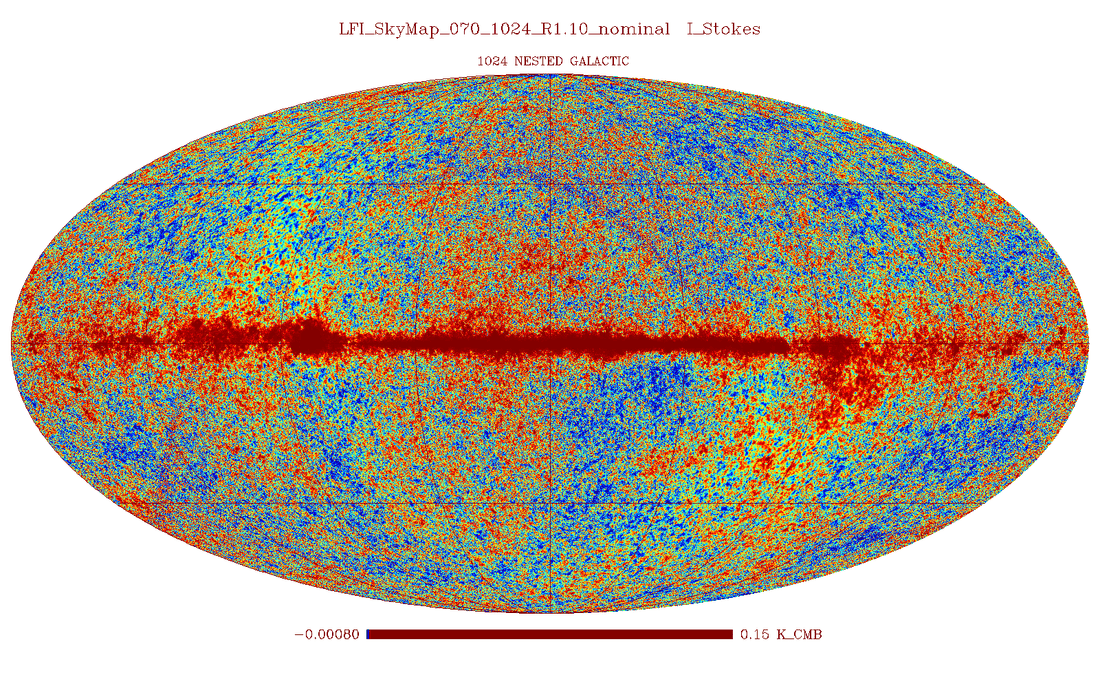
The Truth in the Glow: Cosmic Seed Theory and the Real Meaning of the CMB
The Truth in the Glow: Cosmic Seed Theory and the Real Meaning of the CMB
For decades, the Cosmic Microwave Background (CMB) has been treated as the holy grail of cosmology—an ancient echo from the birth of the universe, frozen in time. But what if that glow isn’t from the beginning of everything... but rather, the beginning of us?
Cosmic Seed Theory (CST) challenges the traditional view of a singular Big Bang event. Instead, it proposes a cyclical cosmos where each galaxy is born from its own localized Big Bang. In this model, the CMB isn’t a universal leftover. It’s our local birthmark, the signature of the Milky Way’s last expansion.
Let’s dive into how CST reshapes our understanding of the CMB—and why the truth may have been hiding in plain sight.
The Filtering Process: What the Frequencies Reveal
To really understand the CMB, we need to talk about frequencies. The glow of the cosmic background isn’t seen directly—it’s measured across a range of radio and microwave frequencies, and each frequency reveals different things.
The Planck satellite, the most precise CMB-mapping mission to date, scanned the sky at nine frequency bands, from 30 GHz to 857 GHz:
-
30 GHz (Low Frequency)
Sensitive to large-scale structures, including intervening matter and cosmic synchrotron radiation. These readings are useful, but cluttered by foreground noise. -
857 GHz (High Frequency)
Dominated by dust and hot gas from within our own galaxy. This is essentially a map of the Milky Way—not the cosmos. -
70 GHz (Midrange Sweet Spot)
This is the golden frequency. It’s cleanest, least polluted by dust or interference, and gives us the most accurate picture of the CMB.
The Sky at Every Frequency

From top left to bottom right: Planck’s sky maps at 30 GHz, 44 GHz, 70 GHz, 100 GHz, 143 GHz, 217 GHz, 353 GHz, 545 GHz, and 857 GHz. Notice how the 70 GHz image (top right) is clearest, while the low and high ends are overwhelmed by galactic interference.
Filtering Out the Truth?
Here’s the critical part: In the standard Big Bang model, scientists apply additional filtering to the 70 GHz data—removing foregrounds, subtracting signals, and adjusting the map to match expectations of a universe-wide explosion.
But Cosmic Seed Theory takes a different approach.
What if the 70 GHz band doesn’t need to be “corrected”?
What if it’s already telling the truth?
Rather than a single ancient flash from 13.8 billion years ago, CST sees the CMB as the afterglow of the Milky Way’s own localized Big Bang. In this model, every galaxy goes through this process, expanding into new space from the core of a supermassive black hole—each one a Cosmic Seed.
The glow we call “the CMB” is just our glow.
A New Explanation for CMB Anomalies
CST doesn’t just reinterpret the CMB—it helps explain long-standing puzzles:
-
The Cold Spot
Could be a glimpse into space beyond our local expansion bubble, possibly a remnant of a neighboring or older universe. -
Low power at large scales (low quadrupole)
Makes sense if the expansion was local and low-yield, not a universal detonation. -
Weak B-mode polarization
CST predicts these signals should be 90–95% weaker than inflation models suggest—because space isn’t inflating, only the matter inside it is expanding.
The Forest, Not a Firework
In CST, the cosmos isn’t the result of a one-time explosion—it’s a forest of galaxies, each sprouting from its own Cosmic Seed. Some have already expanded. Others are in waiting. It’s a natural, ongoing process—not a singular miracle.
So instead of one universe-wide CMB, there could be many local CMBs, scattered like the rings of trees, each marking a new beginning in an infinite cosmos.
Final Thought: We Filtered It to Fit the Story
Cosmic Seed Theory doesn’t deny the CMB—it listens to it differently.
We’ve been looking at a signal that was always clear at 70 GHz. But instead of accepting what it showed us, we filtered it down to match a story we already believed.
Now it’s time to consider a new one:
The CMB isn’t proof of a singular origin.
It’s evidence that galaxies are born, one at a time, in a vast, ongoing cycle.
And we’re just one bloom in an ancient and infinite forest.
